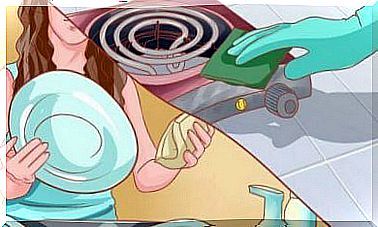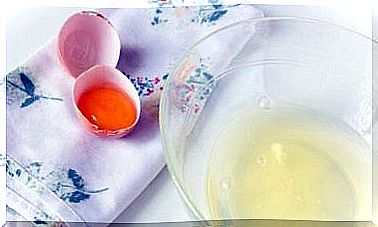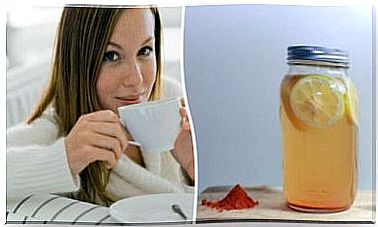Symptoms Of Sinusitis In Children And Treatment
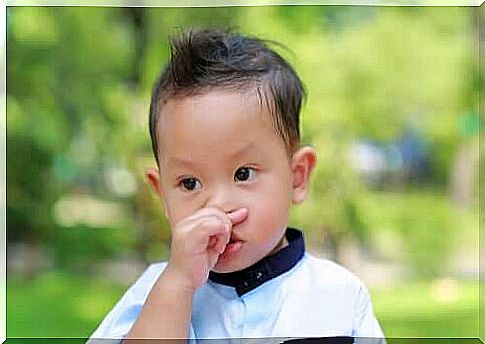
Sinusitis in children is a fairly common complication of respiratory diseases such as. cold. In fact, it is estimated that approx. 10% of children with colds can get it at some point. It is mild and mostly easy to treat.
The paranasal sinuses are cavities in the skull close to the nose. They are lined with mucous membranes and the space is filled with air. What happens with sinusitis is that this mucous membrane becomes inflamed due to infection.
In many cases, people with this condition do not even get a diagnosis and it goes away on its own. For others, however, treatment is necessary. Today’s article will explain everything you need to know about sinusitis in children.
The symptoms of sinusitis in children
It can be acute or chronic. The most important characteristic of the latter is a symptom duration of more than three months. Most often it occurs about 5 to 7 days after a cold.
It usually manifests itself with fever, and the symptoms are practically the same as with the common cold. For example, it is normal for a sick child to have a stuffy, runny nose. In addition, they usually have coughs that worsen at night.
Headache is another characteristic symptom. Some children actually feel a pressure behind the eyes or even have a toothache. This is due to the pressure inside the sinuses due to inflammation and mucus. In addition, it can manifest itself as bad breath, loss of sense of smell or even changes in the sensitivity of the face.
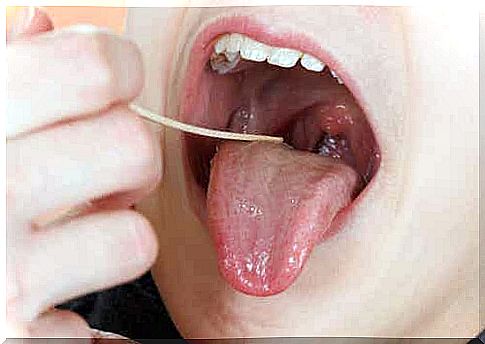
What causes sinusitis in children?
This condition is more common in children than in adults. This seems to be due to the fact that the sinuses are smaller in children, and likewise it is the hole through which the secretions are drained. Therefore, it becomes more easily blocked and the mucus does not run out as it should.
Bacteria grow more easily and infection occurs when the mucus gets trapped inside the sinuses. The obstruction may be due to a deviating nasal septum or polyps at the exit of the canal.
On the other hand, there are a number of factors that increase the risk of sinusitis. For example, children with allergic rhinitis or with a weak immune system. The risk of infection in day care institutions is also increasing.

Treatment of sinusitis in children
First of all, we must say that there are certain ways to prevent this condition in children. Using an air purifier in the home in the winter is a good option. This is because it is easier for the mucous membrane to become irritated when the air is too dry.
Also note that sinusitis in itself is not contagious. However, the cold that may have caused the inflammation is contagious. Therefore, it is recommended to keep children away from colds.
Viral sinusitis does not require antibiotics. Instead, this patient needs non-steroidal anti-inflammatory drugs and saline solutions to cleanse the nose. Bacterial sinusitis in children requires antibiotics .
Sinusitis is pretty much always benign, but it does not hurt to take some preventative measures
Contact a doctor if you notice signs of sinusitis in your children. A parent needs to be alert, able to spot the symptoms and act accordingly.
Respiratory symptoms are more frequent during the winter and school season. Colds, otitis media and even sinusitis hang around schools. Therefore, be aware of a doctor who says that the child should stay at home and follow the doctor’s instructions to stop the spread of bacteria and not infect other children.




